|
Observation and genesis of the line and of freehand drawing
Long before an infant understands that milk finds its own level he or she learns to up-end the bottle to feed. When, a little later, the child is asked to draw the level of a liquid in a tilted glass the result is often ...

By observation or logic the instant a child realizes liquid finds its own level he or she has learnt a principle that will help it to survive and to understand the world. My point here is that descriptive drawing is scientific, logical and the result of observation. There are no short-cuts. An understanding of the nature and structure of the world must be learnt from looking. This is a process most folk find enjoyable for the discovery of hidden structures and patterns is necessary for any painter. It also justifies my spending much of my life in the sunshine.
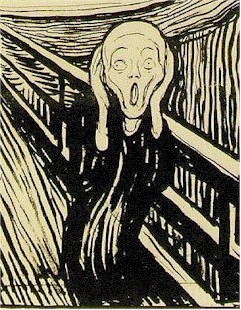
|
When nine or ten years old I often thought famous people had small heads as the portraits of them seemed to me to show them as such. I thought it may have been a requirement of fame (sometimes I still do). Anyway like many other children I would often draw adults with huge heads and small stick-like bodies. I suppose after a few hundred grotesque heads were stuck in my pram it was completely understandable!
|
So children observe the things most familiar and important to them and often draw them larger and in greater detail than the things less critical - hence the large heads. It is no wonder then that during adolescence we find the human body observed and drawn in far greater detail and with less emphasis on the head. Libarians can often map a progressive interest in certain art books with well thumbed anatomical studies being in high demand during late adolescence (I wonder why?)
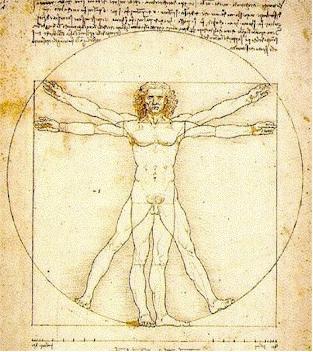
A few artists have deliberately portrayed the human body with tiny heads. It is often referred to as the 'heroic' style of portraiture.
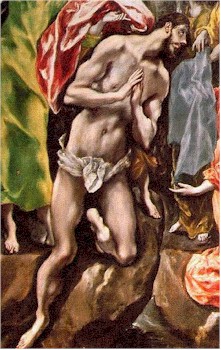
But by knowing the average proportion of the head to the body we can make a deliberate decision on how we decide to portray an individual. To that purpose we may make a decision as to their character and portray it accordingly. We must always remember there are other predjudicial elements we can use like color, line and form. The stuff of nightmares when you are trying to get it right sometimes.
My point here is that the rules that govern drawing are a tool kit to be used to dissemble and reassemble until the artist is satisfied the mood (portrait) or shape (object) is satisfactorily captured.
STUDENT ACTIVITY :In the lesson on perspective you learnt how to draw a cube. The other important solids are the cylinder, cone and the sphere. Use the perspective grid and practice these - also practice adding shading and shadows.
HOW A LINE CAN AGE
|
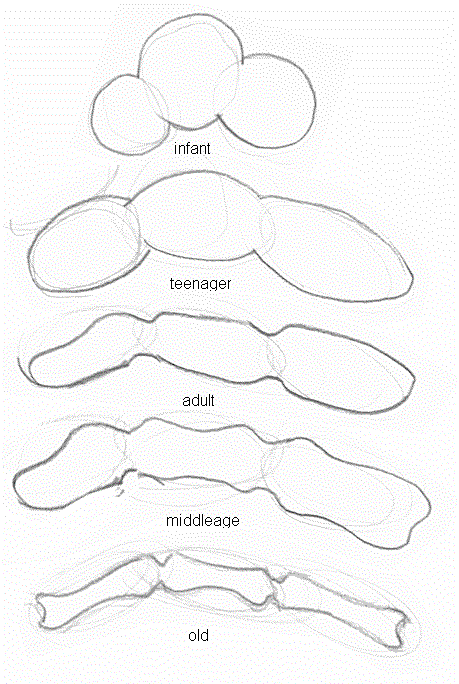
From
the moment a baby opens its eyes it begins keying-in shapes, with one of
the first being the human face and body. Then it learns to recognise various
other shapes in order of their importance. The child also learns to judge
how far or how close is a particular object by judging their relationship to each other.
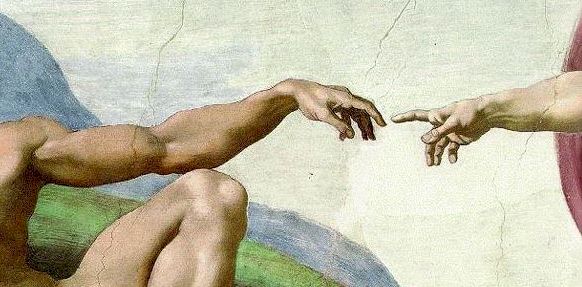
Notice
how the shapes and curves of male adult lines are repeated in the hand,
arm and torso of Adam.
STUDENT ACTIVITY: Find your own examples of such lines and paste them (or copy their references) into your work book.
|
|